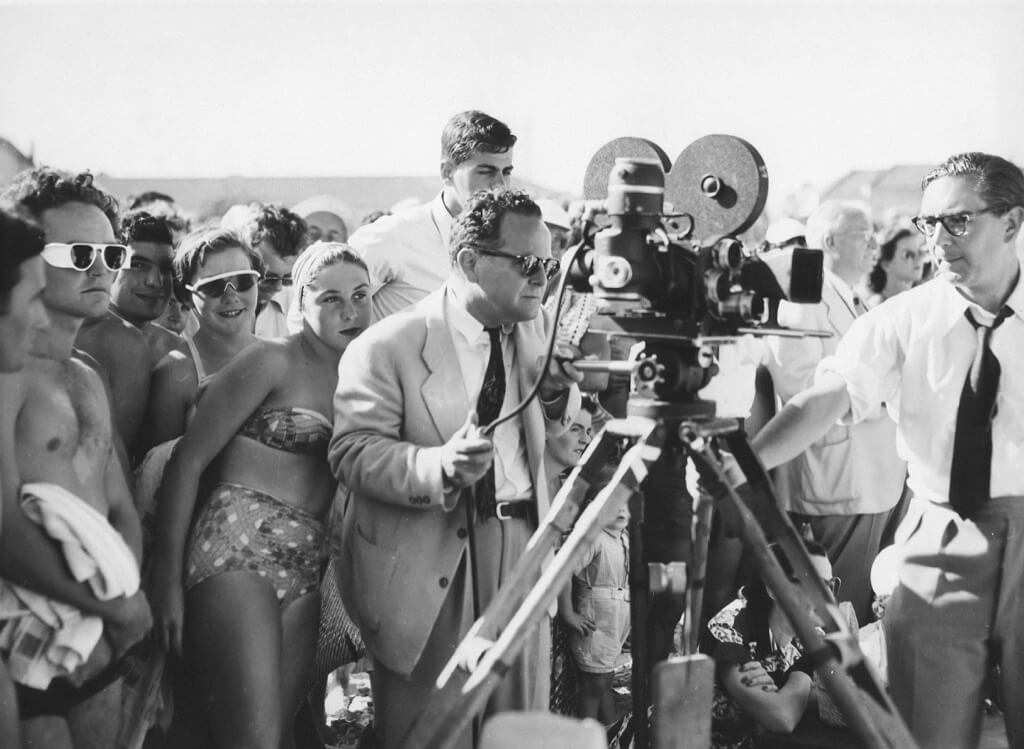Have you ever pondered about strokes? The truth behind them is more intriguing and crucial than many realize.
The Delicate Balance of Our Brain
Our wondrous brain, pulsating with life and thought, craves a steady flow of blood, enriched with oxygen and nutrients. However, when this flow stumbles, halted by a clot, emboli, or a fractured blood artery, a catastrophic event occurs – a stroke. From sudden speech disturbances to vision changes and paralysis, the manifestations of this cerebral crisis are multifaceted.
Ischemic vs. Hemorrhagic Strokes
Strokes aren’t all painted with the same brush. Dominating the scene, ischemic strokes, responsible for 80% of cases, arise when blood’s journey to the brain is obstructed. Picture a river blocked by a fallen tree; the life downstream suffers. Obstructions could be blood clots, tumors, or even, in rare cases, foreign objects.
For those unfortunate enough to experience an ischemic stroke, swift action can be life-saving. The magic potion? Thrombolytics like Activase (Alteplase). Acting as a clot dissolver, this medication dispatches a protein warrior, tissue plasminogen activator (tPA), to break clots and restore blood passage. Yet, there are strings attached. It’s a race against time; ideally within three hours post-symptom onset, although some studies push the boundary to 6 hours. Plus, there’s a caveat: while it dissolves menacing brain clots, it may unintentionally dissolve others, potentially leading to bleeding.
A more targeted strategy involves local intra-arterial thrombolysis – a sophisticated, image-guided procedure that zeroes in on the rogue clot, injecting it with tPA. This approach, however, has its ticking clock, best within 4 hours of symptoms.
On the other hand, hemorrhagic strokes, accounting for the remaining 20%, present a different conundrum. Here, instead of blockages, we face burst arteries, leaving the brain gasping for its blood supply. Picture a pipe bursting in a room; everything in that room gets damaged. There are two main types: intracerebral hemorrhages, where an artery erupts within the brain, and subarachnoid hemorrhages, where the bleeding occurs outside the brain but inside the skull. The treatment conundrum? Sometimes it’s surgical intervention, other times, a patient waiting game.
Navigating the Waters of Hemorrhagic Stroke
Deciding between immediate surgery and a more observational approach is a delicate dance, a choice heavily weighed by numerous factors. Trust me, the intricate decision-making process involved here could rival the long years our dedicated neurosurgeons spend in their rigorous training. And when surgery is the only recourse? Let’s just hope the surgeon’s hands are steady, or perhaps aided by advanced robotic systems. After all, nobody fancies the idea of an unsteady hand navigating their precious brain!
Facts About Strokes That You Need To Know
Strokes Through Time
Did you know? The tale of strokes and their understanding dates back to the iconic physician, Hippocrates! He coined the term “apoplexy,” which translates to “struck down by violence.” Quite an apt description if you think about how suddenly its symptoms can appear! But guess what? The real cause behind this medical phenomenon remained under wraps for ages. The 17th-century doctors were the detectives who connected the dots between brain artery clots and apoplexy. And as for classifying strokes into different types? You’d be surprised to know it only began systematically in 1928!
Numbers Don’t Lie
Hang onto your hats! The numbers surrounding strokes are staggering. In the United States alone, strokes snatch away about 140,000 lives each year, marking their territory as the third leading cause of death. Do the math! That’s one stroke every 40 seconds, with a whopping 795,000 Americans being affected annually. Globally, the figures are even more mind-boggling: 15 million people face the storm of a stroke every year, and of them, a heart-rending 10 million either succumb to death or suffer permanent disabilities.
Age and Strokes
Here’s a fun yet daunting fact for you. As you blow more candles on your birthday cake post the age of 55, your odds of experiencing a stroke double with every passing decade. Yes, you read that right! The risk magnifies, making age one of the significant determinants of stroke occurrence.
Lifestyle and Heart Health
Did you ever think that your smoking habit could be playing dice with your health? Lighting up that cigarette doubles your stroke risk. But, if your heart dances to the irregular rhythm of atrial fibrillation, you’re looking at a risk that’s magnified fivefold! And speaking of risks, there’s a heavyweight champion in the arena: hypertension. This silent foe is believed to be behind a jaw-dropping 12.7 million strokes across the globe each year.
The Mini-Stroke Alert
Let’s talk about “transient ischemic attacks” or what you might know as “mini-strokes.” Imagine a short-lived storm – symptoms that mirror a stroke but vanish within a day. If you’ve had one of these, take heed! It’s nature’s alarm bell, hinting that a full-blown stroke might be lurking around the corner.
Inherited Risks
Now, here’s a fascinating tidbit from the American Heart Association. If you’re a woman with heart disease, you’re more likely to trace back a stroke in your lineage to your mother than your father. The whispers among scientists? Vascular diseases might be playing the inheritance game differently based on gender!
Pop Culture Fun
On a lighter note, have you jammed to tunes by The Strokes from New York? With Julian Casablancas’ electrifying vocals and Albert Hammond’s strumming, they’ve made waves, especially in the UK! Some say their popularity there might rival David Hasselhoff’s European fan base. Who knew the word “strokes” could be so rock ‘n’ roll?
Benefits of Stroke Awareness
While no one would argue that having a stroke is a positive experience, there are undeniable benefits to understanding what it is, recognizing its symptoms, and knowing how to react swiftly. Awareness can mean the difference between life and death. For one, being educated about strokes empowers individuals to recognize early warning signs, such as transient ischemic attacks (TIAs).
By addressing these “mini-strokes” promptly, you can often prevent a full-blown stroke. Moreover, those well-versed in stroke symptoms can act swiftly, ensuring that affected individuals receive immediate medical attention. Time is of the essence when it comes to strokes; the faster the treatment, the better the outcomes.
The Harsh Reality of Strokes
Being hit with a stroke can be devastating. From physical effects like paralysis or speech impairment to emotional and mental challenges such as depression or anxiety, the aftermath of a stroke can change a person’s life dramatically. Stroke survivors often need long-term rehabilitation, which can be physically exhausting and mentally draining. Depending on the severity of the stroke, some might not regain their prior level of function or independence. Furthermore, the financial burden of treatments, medications, and therapy can strain the affected individual and their families.
The Role of Genetics
While lifestyle factors play a significant role in stroke risk, genetics can’t be ignored. For women, for instance, having a maternal history of stroke can indicate a higher risk. Understanding one’s family history can, therefore, serve as a precursor to being more vigilant about personal health and making proactive lifestyle changes.
Prevention: Your Best Line of Defense
Arguably, the most significant advantage of understanding strokes is the power of prevention. By knowing the leading causes, like smoking or hypertension, individuals can make informed decisions about their health. Lifestyle changes, such as maintaining a balanced diet, regular exercise, and abstaining from smoking, can drastically reduce the risk. Moreover, regular health check-ups and monitoring conditions like atrial fibrillation can aid in early detection and management.
Community and Support
For stroke survivors and their families, one of the pros of our modern age is the vast support available. From support groups to specialized rehabilitation centers, the journey to recovery, while challenging, doesn’t have to be faced alone. Sharing experiences, learning from others, and tapping into available resources can make the rehabilitation process more bearable and successful.
Quick Tips to Identify a Stroke
When it comes to strokes, every second counts. Recognizing the early warning signs can be a game-changer. Here are some tell-tale signs to watch out for:
- Facial Drooping: Does one side of your face droop when you try to smile? Unevenness or an inability to move one side might indicate a stroke.
- Arm Weakness: Try to lift both your arms. If one arm drifts downward or you can’t raise it, take note.
- Speech Difficulty: Are your words slurred or hard to understand? Ask someone if your speech sounds strange to them.
- Sudden Confusion: If you suddenly find yourself confused or unable to understand conversations, it might be an early sign.
- Unexplained Dizziness: An unexpected bout of dizziness or loss of balance can indicate a stroke. Remember the acronym F.A.S.T. (Face, Arms, Speech, Time) to help you recall these critical symptoms quickly.
Steps to Take if You Suspect a Stroke
- Stay Calm: While it’s easier said than done, keeping your cool can help you think more clearly and take effective action.
- Call Emergency Services: Don’t wait. If you or someone near you displays stroke symptoms, call your local emergency number immediately.
- Stay with the Person: If you’re with someone who might be having a stroke, stay with them. Ensure they are in a safe place and reassure them that help is on the way.
- Note the Time: If possible, make a note of when the symptoms first appeared. This information can be crucial for medical professionals.
- Avoid Giving Medication: Unless advised by a medical professional, avoid giving the person any medication. It could make the situation worse.
Your Stroke Prevention FAQ
- Q: How can I lower my risk of a stroke?
A: Adopt a healthy lifestyle. This includes eating a balanced diet, exercising regularly, avoiding smoking, and moderating alcohol intake. Regularly monitor and manage conditions like hypertension and diabetes.
- Q: Does a ‘mini-stroke’ or TIA mean I’ll have a stroke soon?
A: Not necessarily, but it does increase your risk. If you experience a TIA, consult a doctor immediately to discuss preventive measures.
- Q: How does age affect my stroke risk?
A: The risk of suffering a stroke doubles every decade after age 55. However, strokes can happen at any age, so it’s essential to be vigilant regardless of your age.
- Q: Can strokes be genetic?
A: Yes, family history can play a role, especially in cases where close relatives had strokes at a young age. For instance, women might be at a higher risk if their mothers had strokes.




